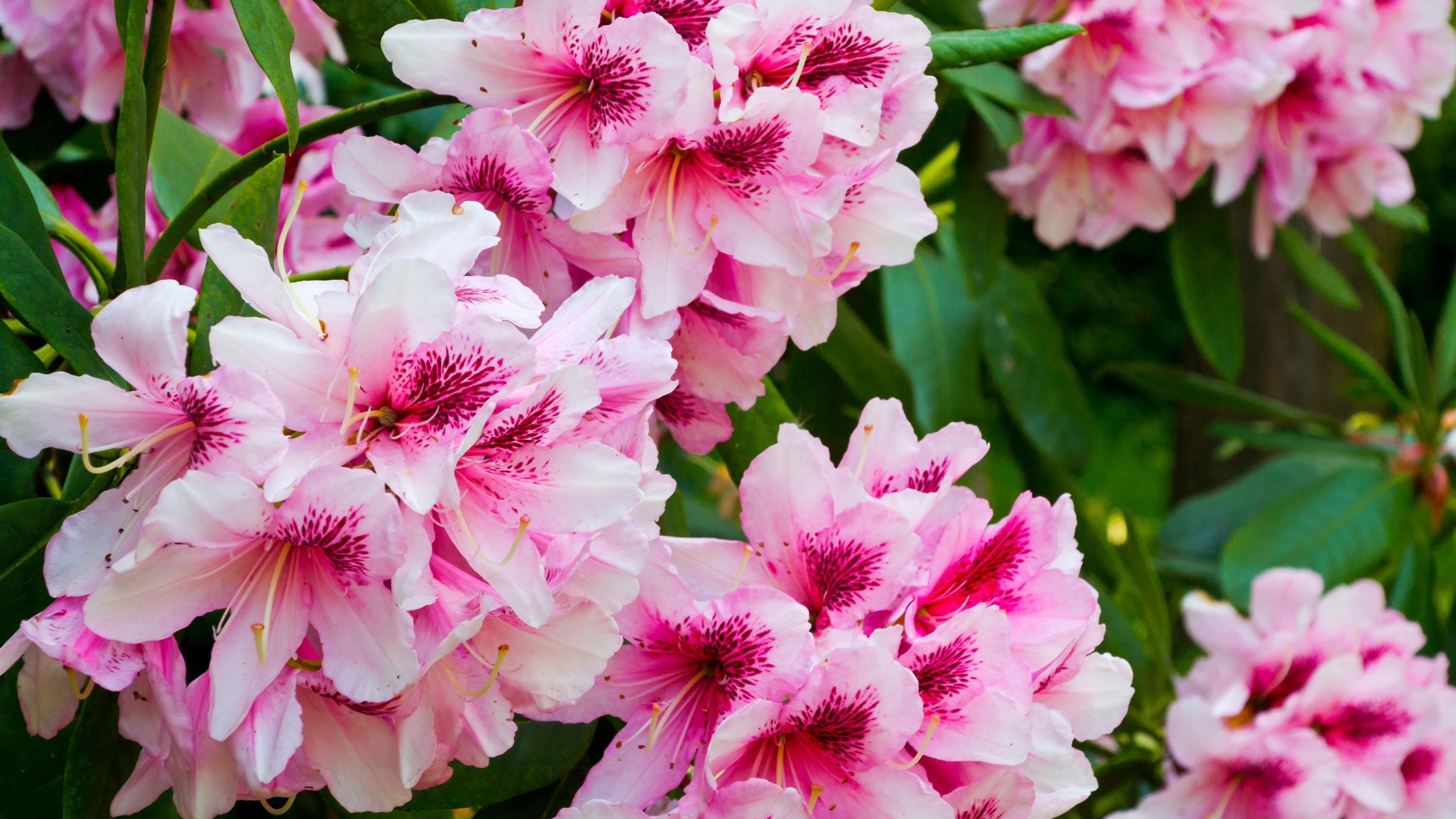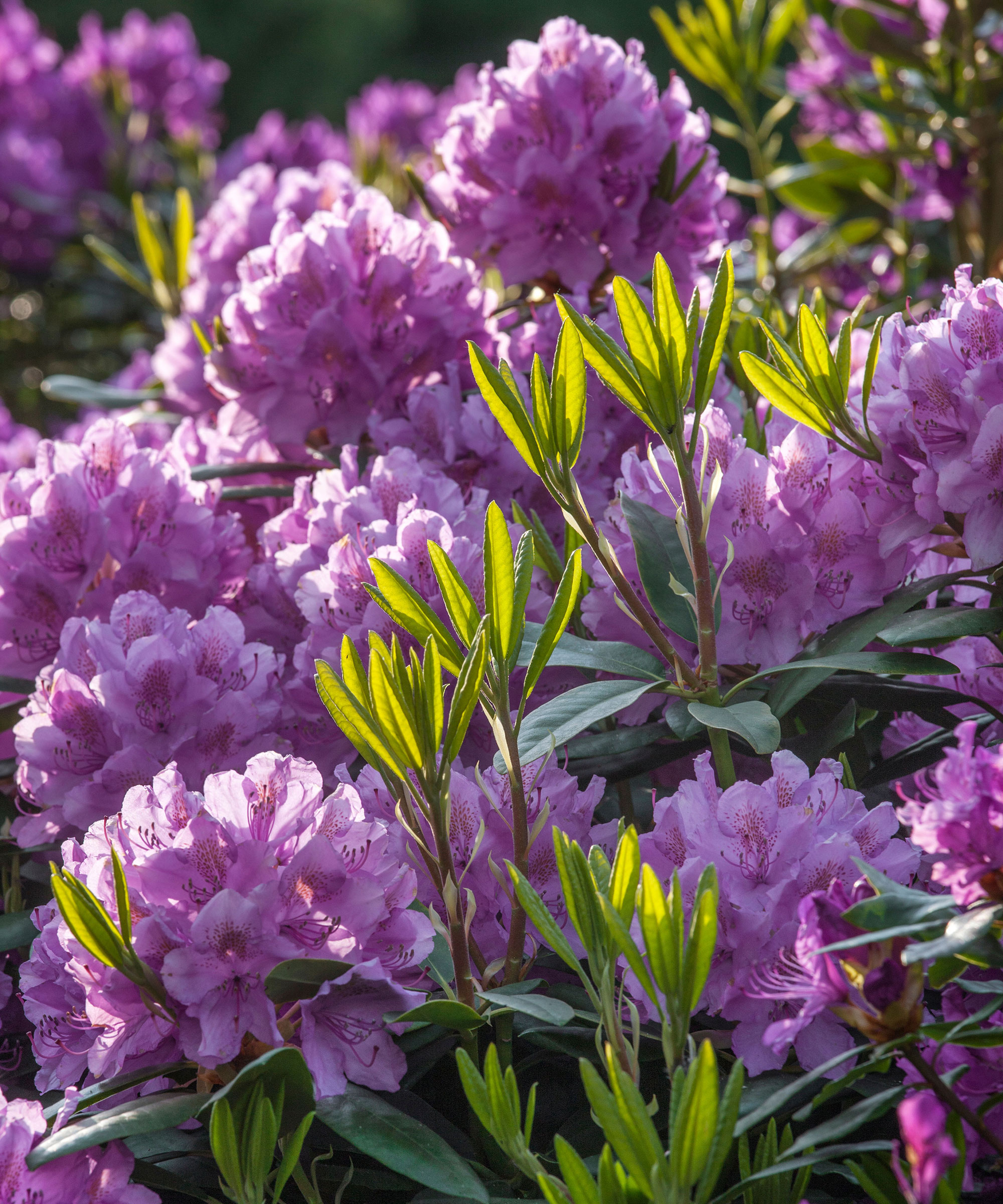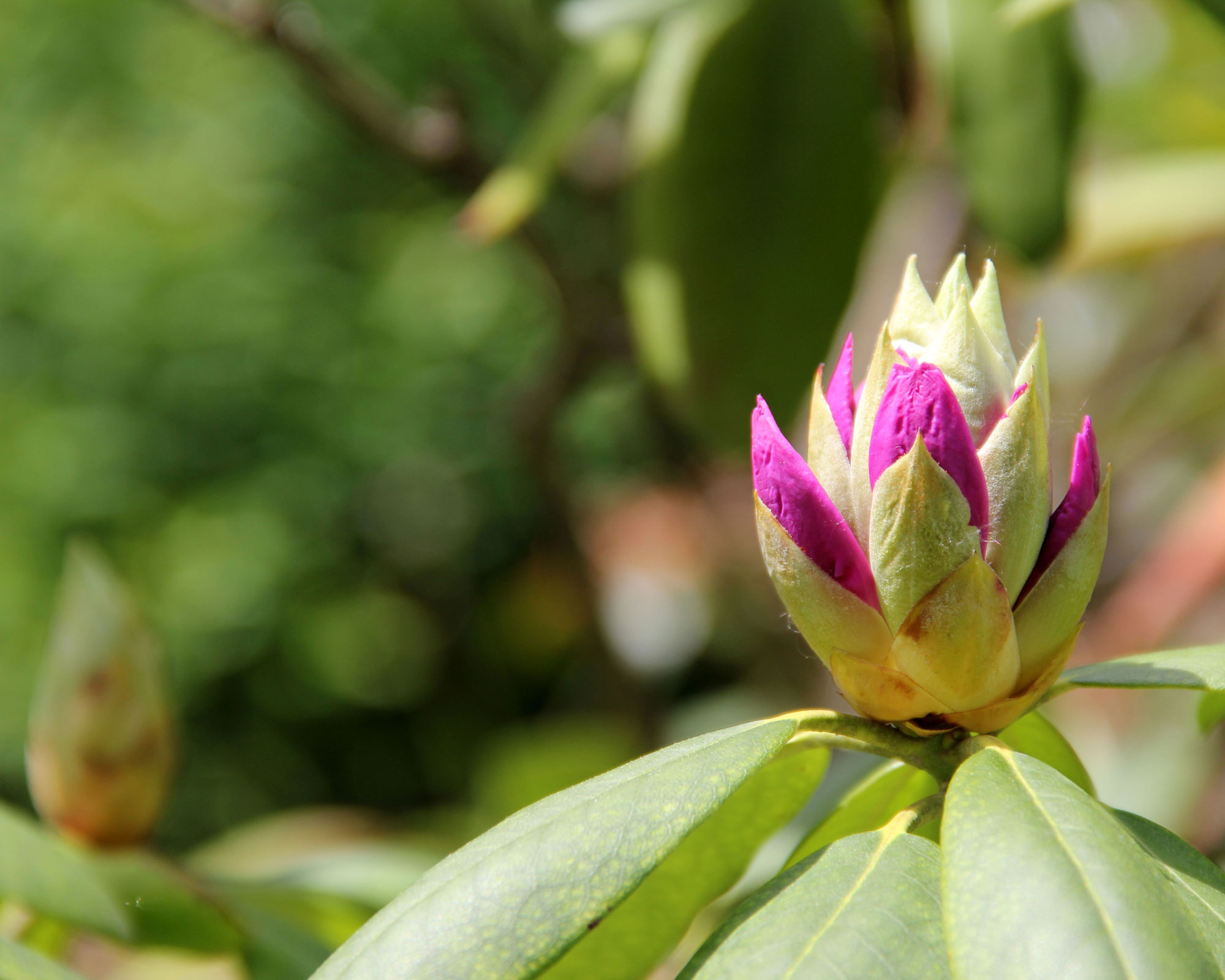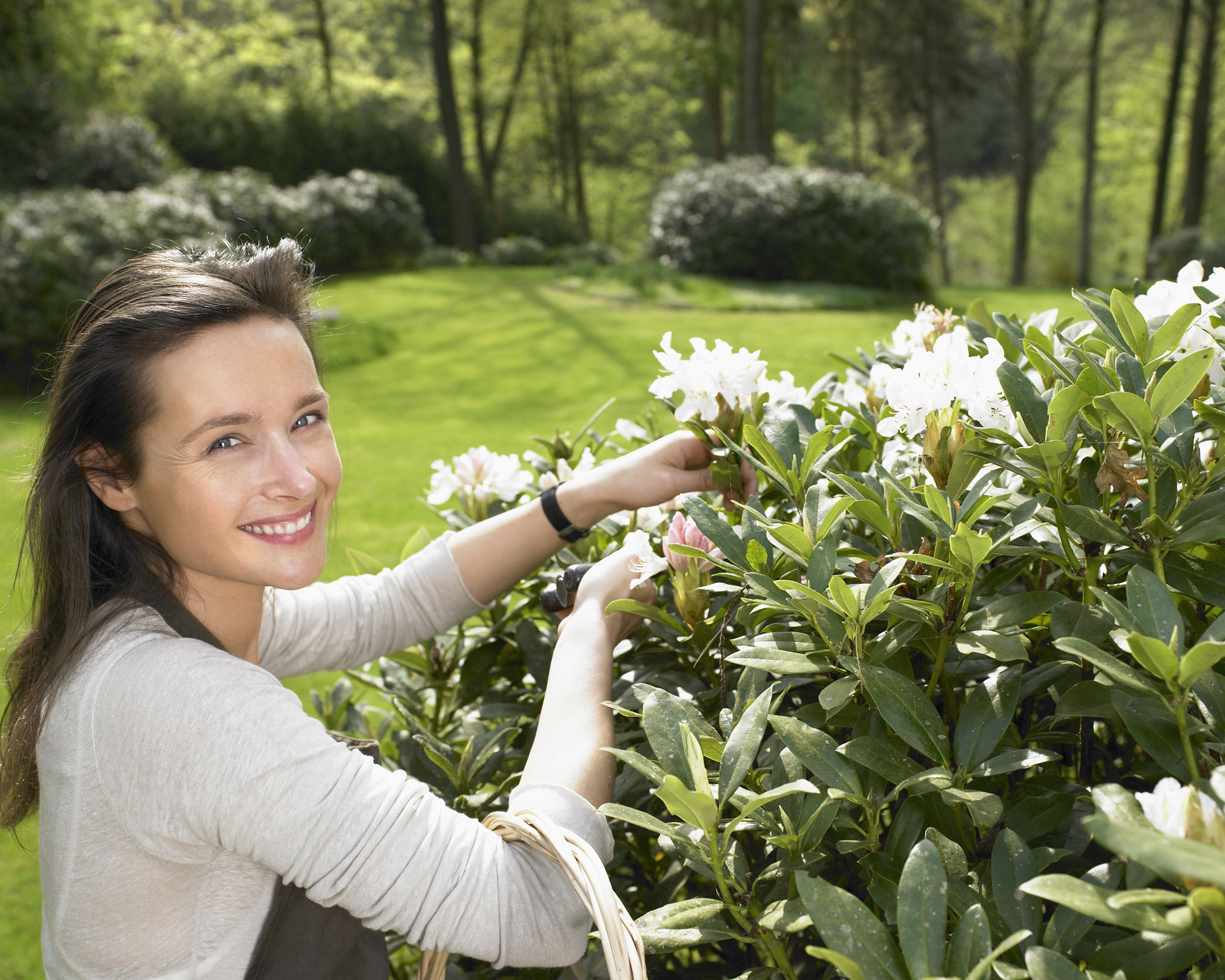Deadheading rhododendrons: expert tips to keep your plant looking good
Get more flowers with our easy step-by-step guide on deadheading rhododendrons


Discover the best methods for deadheading rhododendrons to prevent your shrub from wasting its energy producing seeds and you will get more blooms next year. Remove the unsightly dead flowers and all the energy is lavished instead on the following season's flower buds.
Known for their huge, plentiful and exuberantly colorful flowers, rhododendrons reward you big time every spring and you'll want to keep those flowers coming. Although rhododendrons don't get deadheaded when they grow in the wild it's still recommended that you do this regularly to get more flowers in your own garden.
The good news is that learning how to deadhead rhododendrons isn't too tricky, so caring for these evergreen shrubs doesn't have to take up a lot of time and effort.

Why is deadheading rhododendrons a good idea?
Removing the withered flower clusters after blooming season is over is easy to do as part of your deadheading flowers routine. As well as preventing seed production, it makes the rhododendron bush look more attractive and helps to reduce the spread of fungus.
'Rhododendrons are pretty low maintenance and that includes their deadheading requirements,' says Amateur Gardening expert Ruth Hayes. 'Although we deadhead plants to improve their flowering ability, as a general rule rhododendrons will flower whether they are deadheaded or not. Having said that, faded flowers don't look attractive so finding out how to deadhead rhododendrons does keep your plants looking tidy.'
Remember too that all azaleas are just one of the many groups of plants classified as rhododendrons, so find out more about their similarities with our azaleas care and growing guide.

How to deadhead rhododendrons after they bloom
When the petals of the flowers start to wilt or look faded that means it's time to start deadheading your rhododendrons.
'Remove the faded blooms on rhododendrons as soon as the plant has finished flowering,' says Mark Lane, gardening expert for Stannah. 'New shoots are conical in shape and will be forming at the base of the faded blooms. You want to keep these as they will produce the flowers for next year.'
- Most flower heads can be snapped off by hand once you get the hang of it. Simply take the whole flower head in your hand and break it off between your finger and thumb. Snap off the flowers just above where the leaves start to form on the stem.
- If the flowers are particularly large it's better to use both hands because a little more force is needed.
- In most cases, it's best not to use secateurs as doing so may damage delicate shoots.
- Shortening the branches down to a cluster of leaves once the shrub has finished flowering will keep it from getting too big and encourages bushier growth.

Should you use secateurs when deadheading hydrangeas?
As your rhododendron becomes more established you'll find its stems become more woody so you may need to use your best secateurs or pruning shears to remove the deadheads.
'Use clean secateurs and cut off the old flower heads, ensuring you do not damage the new bud,' says Mark Lane. 'New growth will shoot into action ready for next year. For small rhododendrons use a pair of scissors.'
Shortening the branches down to a cluster of leaves once your rhododendron shrub has finished flowering will keep it from getting too big and encourage bushier and healthier growth too.
How do I deadhead my rhododendron if it's huge?
Some large rhododendron bushes eventually grow into enormous shrubs that are covered in trusses of flowers. It can be difficult working out how to deadhead them throroughly as the faded flowers on bigger bushes are inaccessible. But it's still a good idea to deadhead as many as you can reach in order to get lots more blooms next year.
If it's not possible to remove the old flowers because, for example, your bush is tall and your can't reach them, it's not too problematic, but flowering next year may be reduced. When you're deadheading rhododendrons care should be taken not to damage the growth buds or new shoots that are located just below the flower cluster.
If your rhododendron becomes too big for your garden it might seem a good idea to find out about pruning shrubs to reduce its size. But it rarely makes sense as the bush will lose its natural shape and take years to recover.
Instead it's a good idea to start removing old wood by lightly pruning in spring but only prune a little each time and leave as much foliage as possible so you can monitor how your rhododendron is responding.
'You don't have to do this every year,' says Ruth Hayes, 'which will be a relief to gardeners whose rhododendrons have grown to a large size.'

When is the best time for deadheading rhododendrons?
The main rhododendron flowering season is spring but they can also flower in late winter and early summer depending on climate and temperature, with next year's flower buds developing by mid to late summer.
'Generally, it's advisable to deadhead large flowered rhododendrons as soon as the flowers have withered,' says Morris Hankinson, director of shrub specialists Hopes Grove Nurseries. 'Leaves should be left intact.'
As soon as you notice faded blooms on your shrub it's time to snap them off. When deadheading be careful you don't accidentally remove the buds, which will reduce the amount of flowers you get the following year.
That's all you need to do to ensure your rhododendrons continue to play a starring role in your landscaping with evergreens plans.


Lifestyle journalist Sarah Wilson has been writing about gardens since 2015. She's written for Gardeningetc.com, Livingetc, Homes & Gardens, Easy Gardens and Modern Gardens magazines. Having studied introductory garden and landscape design, she is currently putting the skills learned to good use in her own space where the dream is establishing a cutting garden.
